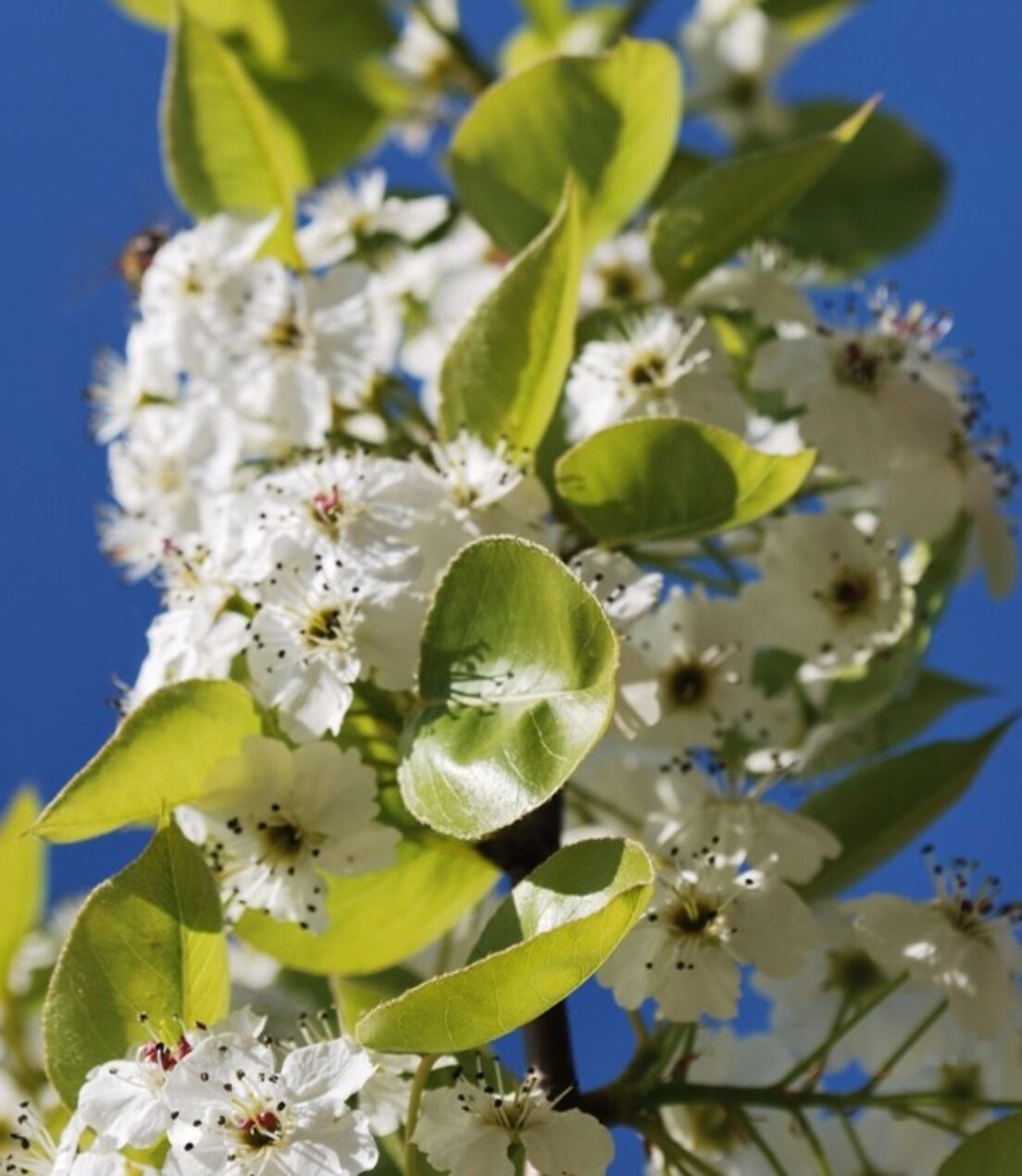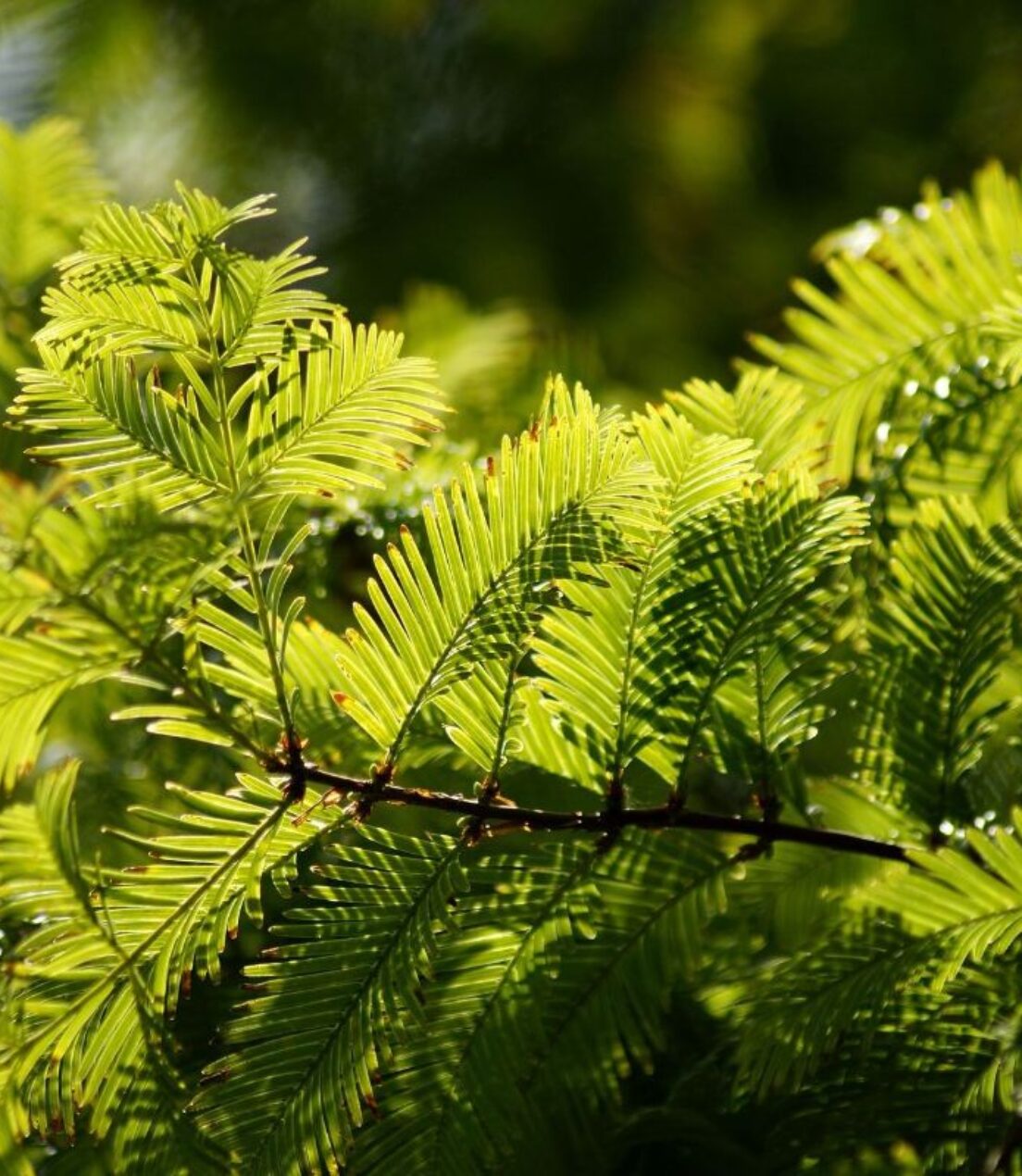The four different factors affecting all plants include type and size of plant, soil type and weather conditions. These primary aspects impact how a plant will respond to its environment and whether it will thrive, leading to successful plant establishment.
The following sections focus on key establishment factors and how different plant groups perform individually with important tips for effective growth.
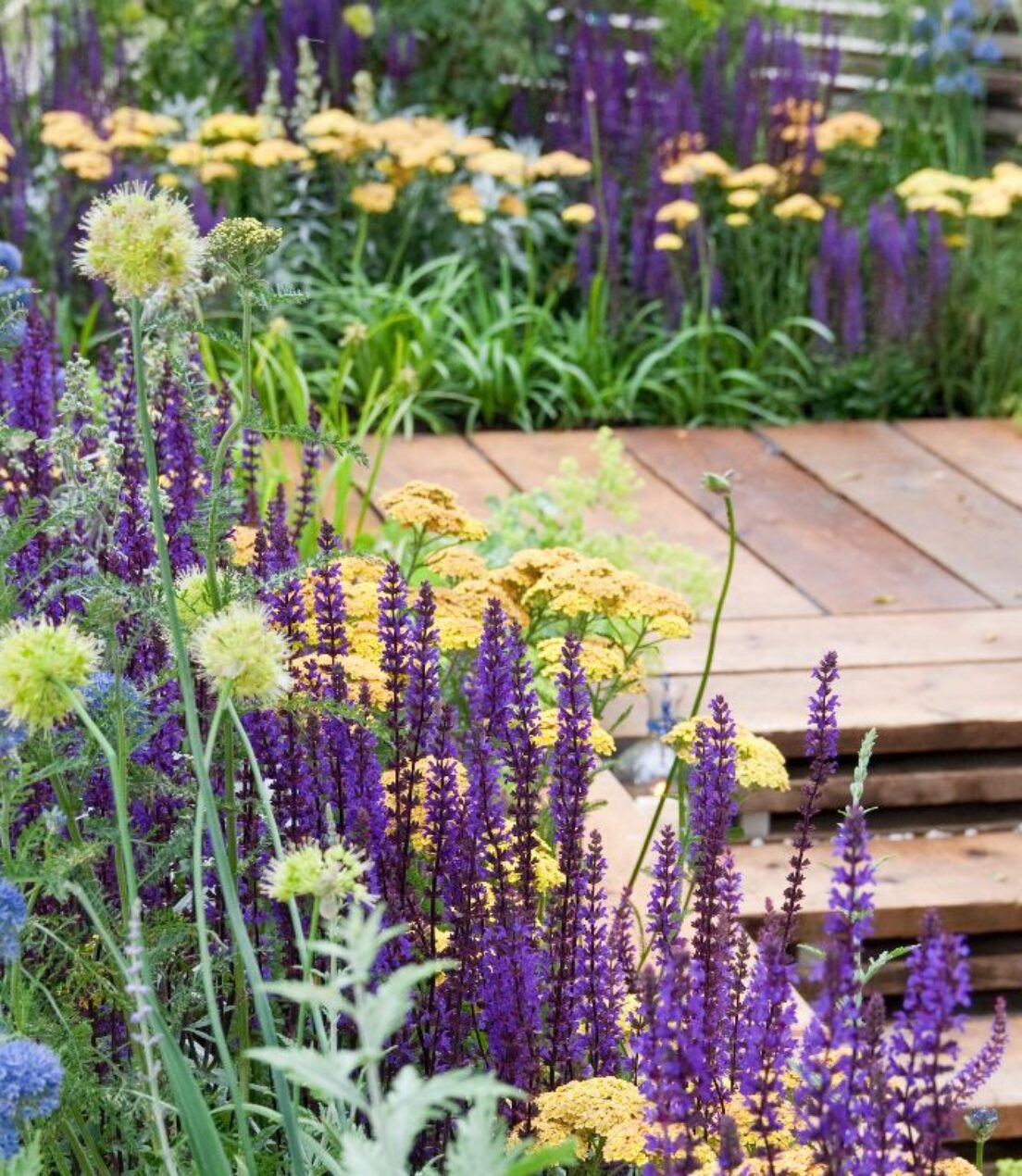
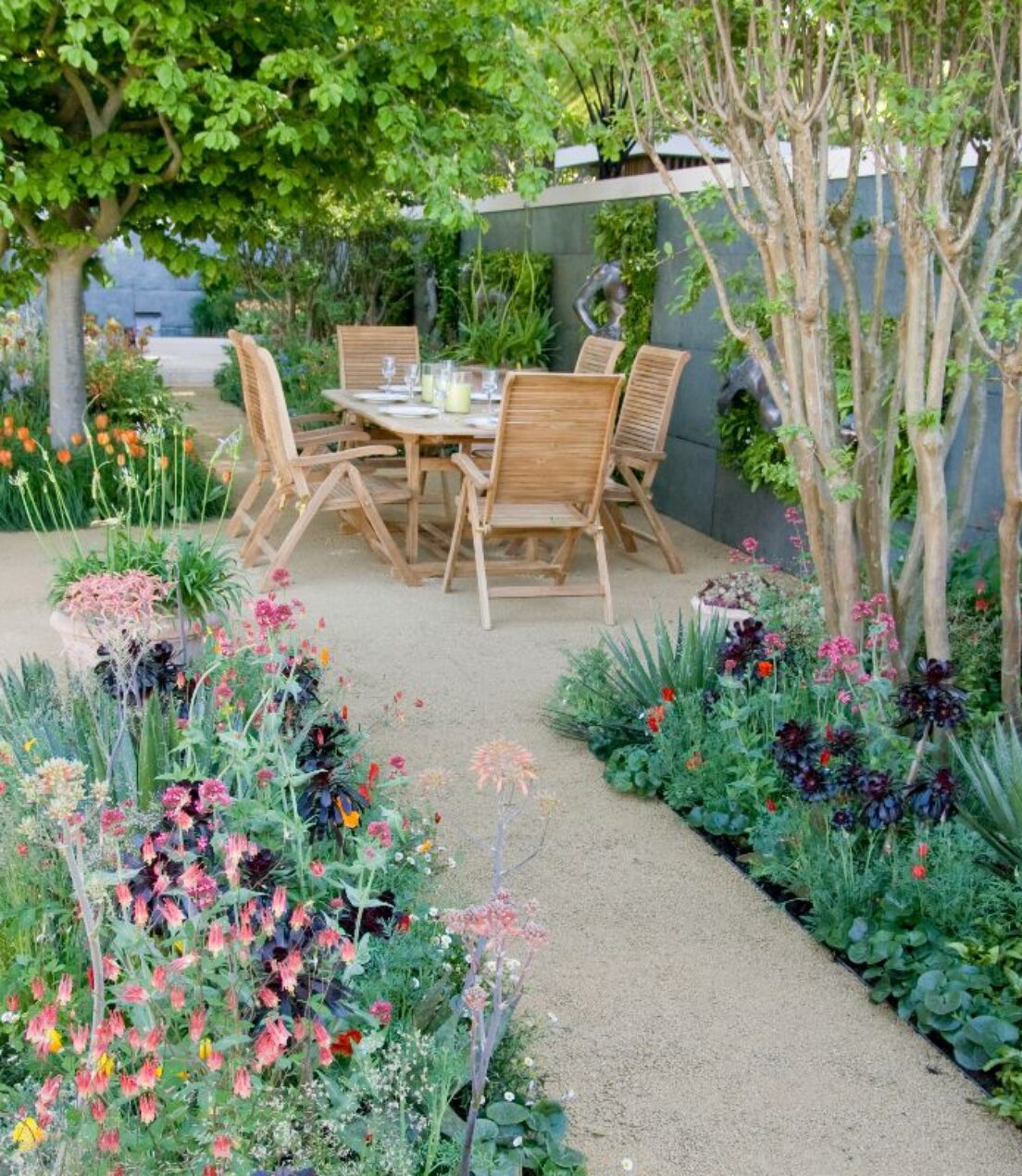
Type of plant and correct location
Each plant type has different characteristics like whether it is drought tolerant, which position it prefers to be planted in and which soil type it grows best in. Every plant has evolved to grow in a specific range with specific watering needs. By developing an understanding of each plant’s requirements, they can be maintained appropriately for efficient growth.
Plant size
Smaller plants develop much easier as they have less growth above and below the ground to maintain as the plant gets a foothold. Increasing the volume of water accordingly is crucial to ensure every plant receives the required amount. Therefore, soaker and sprinkler irrigation watering methods are ineffective, as they make it difficult to measure volume.
As a general rule, the larger the plant above the ground, the more water is required.
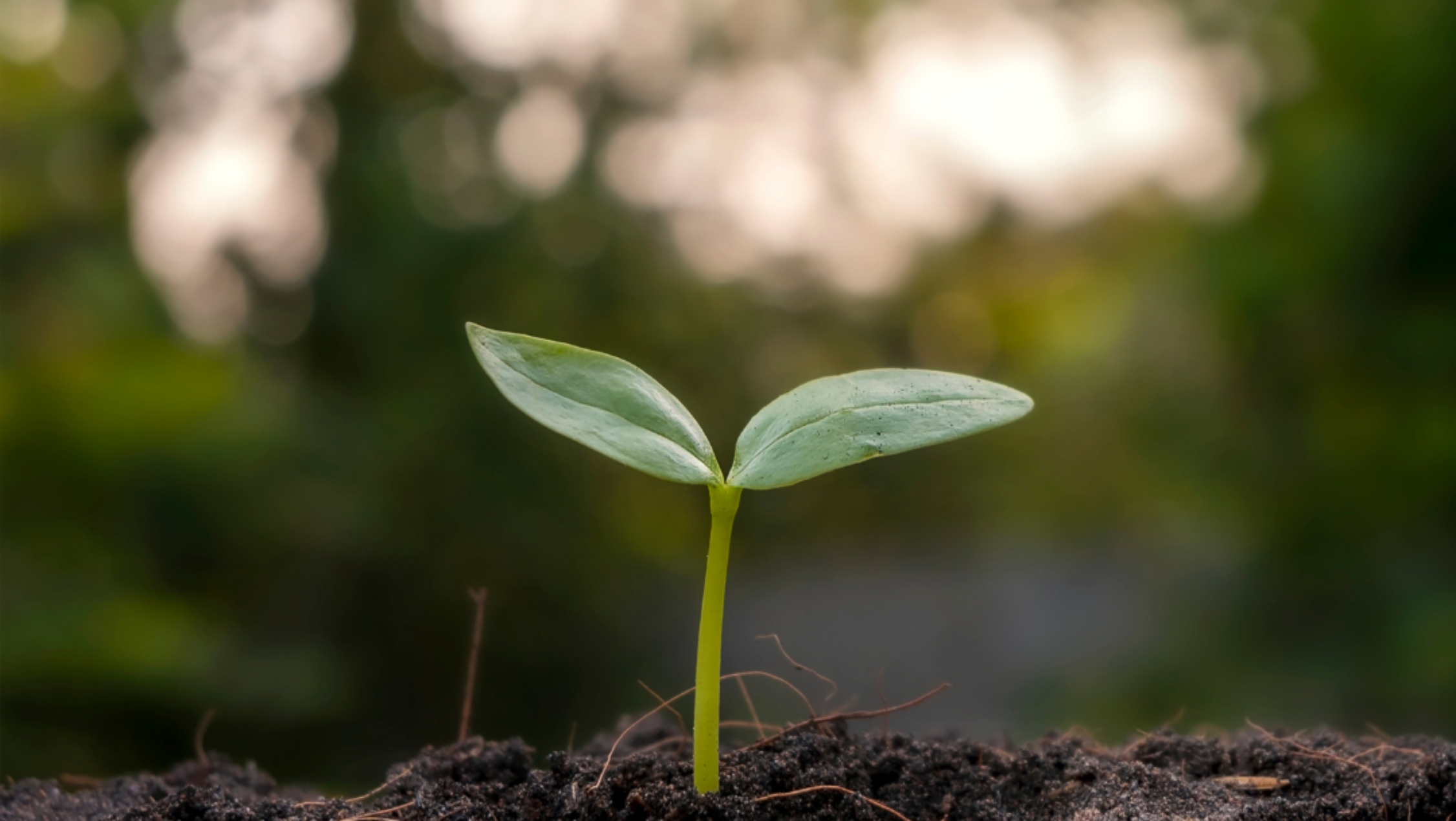
Soil type
Soil types vary significantly depending on the garden. It is important to recognise each soil type and plant accordingly. The most common types are a mix of sand, loam and clay. Each of these has a different structure and its own pros and cons, in relation to how well it holds on to water and how quickly it drains. For example, sandy soil holds little water and drains quickly whilst clay soils hold onto water and drain slowly.
Changing soil type should be avoided as it proves difficult and costly, although soils can be improved at the point of planting by adding organic matter or organic mulch. Organic matter works to increase water holding capacity within sandy soils while improving drainage in heavy clay soils.
Weather conditions
The most obvious factor affecting establishment, weather conditions involve the overall yearly cycle or the individual day or time of the year.
Avoid watering plants during midday hours in full sunlight as the water is likely to evaporate before properly reaching the soil. If the soil is well prepared and watering is completed early morning or late afternoon, the plant will cope with periods of heat. Established plants will send their roots deeper in search of water. Shallow water can weaken a plant in the long-run.
By far the most dangerous time for establishing a plant is during windy conditions, as this encourages water vapour to blow away from the leaves, absorbing extra through the roots. The hotter and windier the day is, the more water is lost. Even on overcast days with light rain, plants may still need to be watered. In dry weather, anything less than a prolonged shower will be insufficient to provide enough water.
Cold, dry periods must also be considered. Newly planted plants will need watering earlier in the day allowing excess water to evaporate from the leaves, avoiding frost damage. In drought-like conditions, plants may require more water.
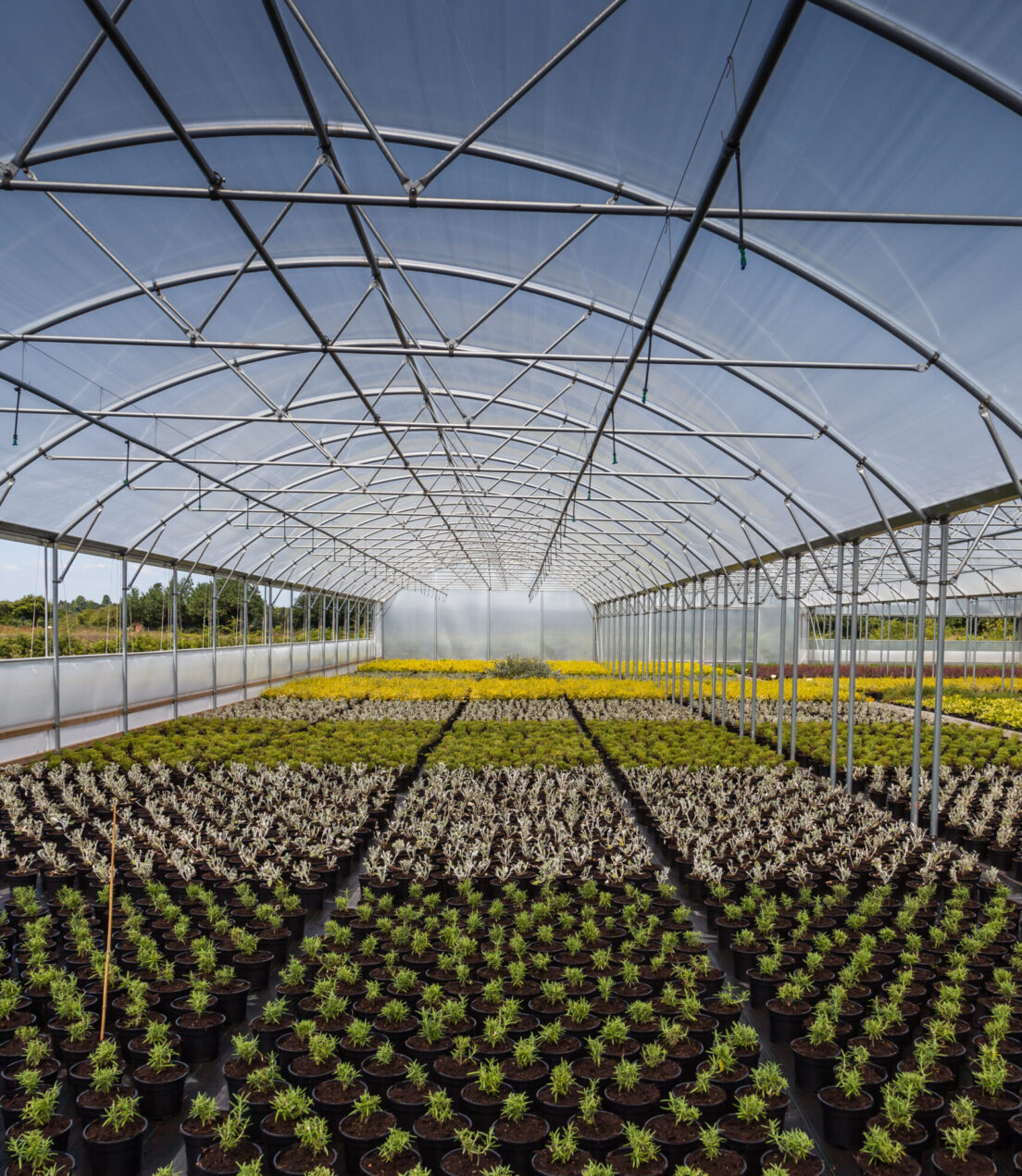
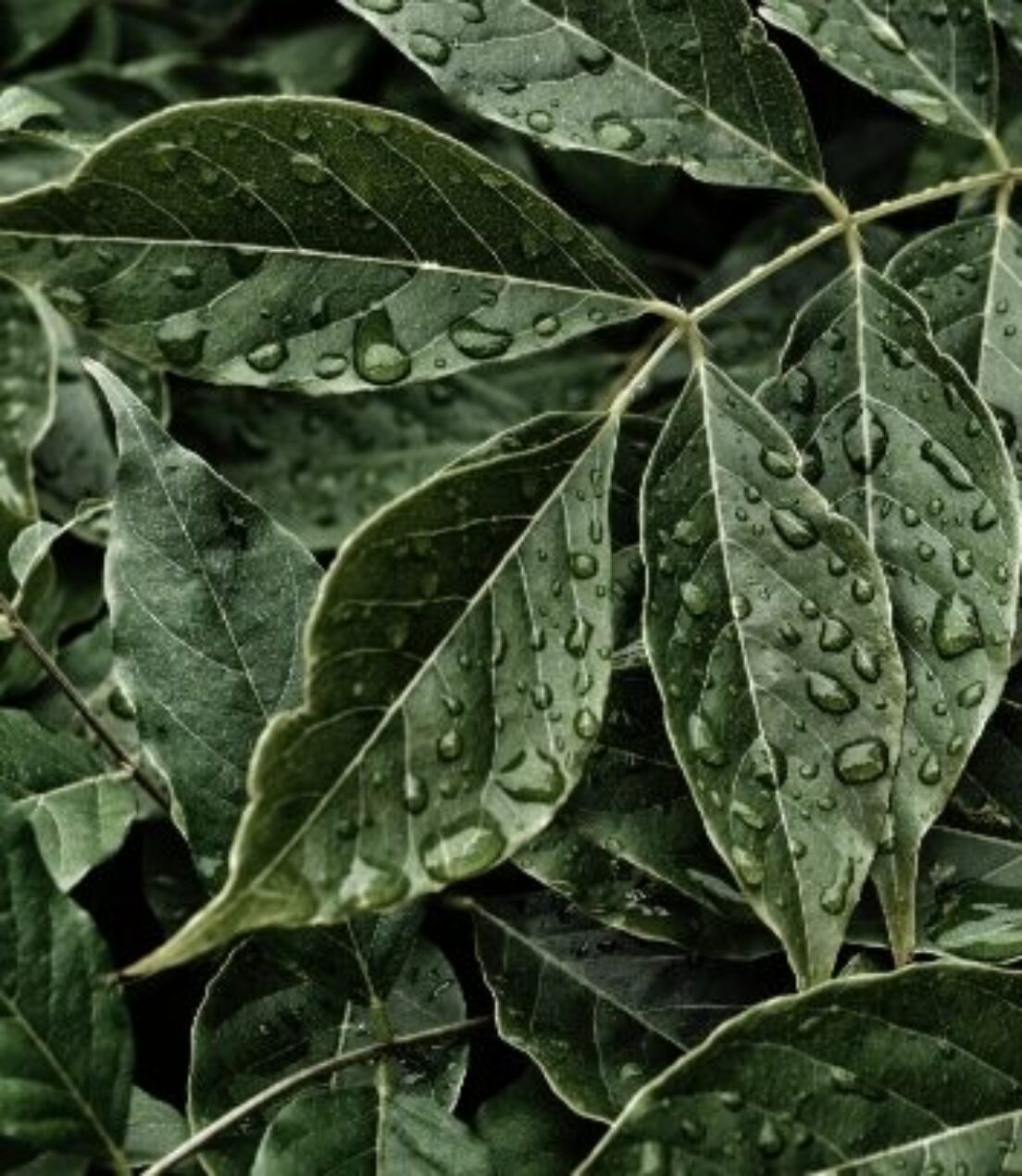
Plant Groups - Herbaceous perennials
As the smaller plant type, herbaceous perennials establish quicker than larger shrubs and trees. Once fully grown, often within 2 years, this group requires minimal watering outside of extreme weather conditions.
Each watering session should aim for 30-40l per plant (3-4 full watering cans), as long as the plant is in the correct location and the soil conditions are favourable.
First year
Water 1-2 times a week depending on soil type and weather conditions. A water retentive soil during an average summer week will need watering once. During periods of drought and extreme heat this may need to be increased, the plants may start showing signs of wilting. Review water volume levels to ensure plants are watered accurately.
Second year
The only watering required in the second year of growth is during potential drought or extreme heat. One deep watering session per week is adequate for the plant to cope.
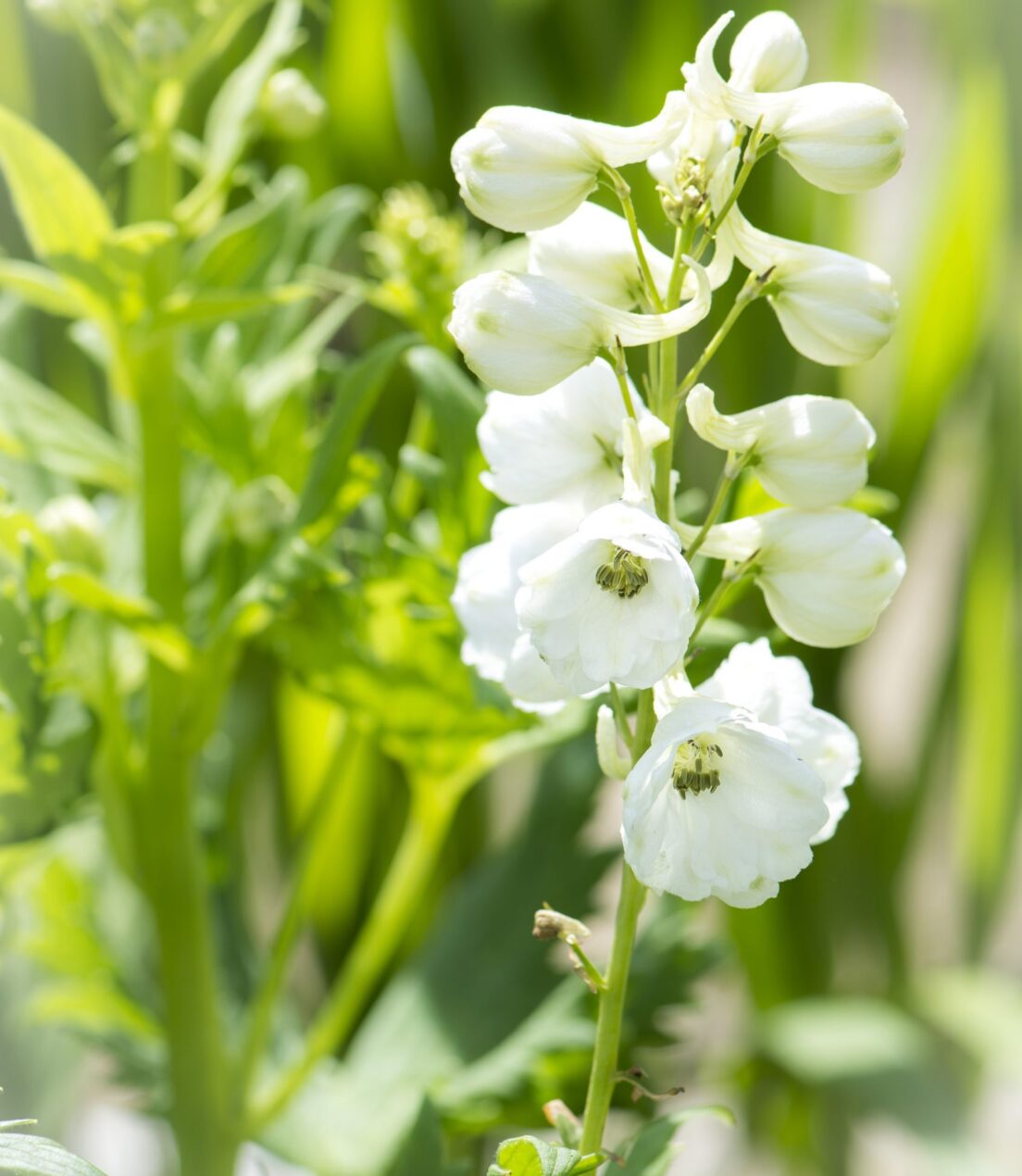
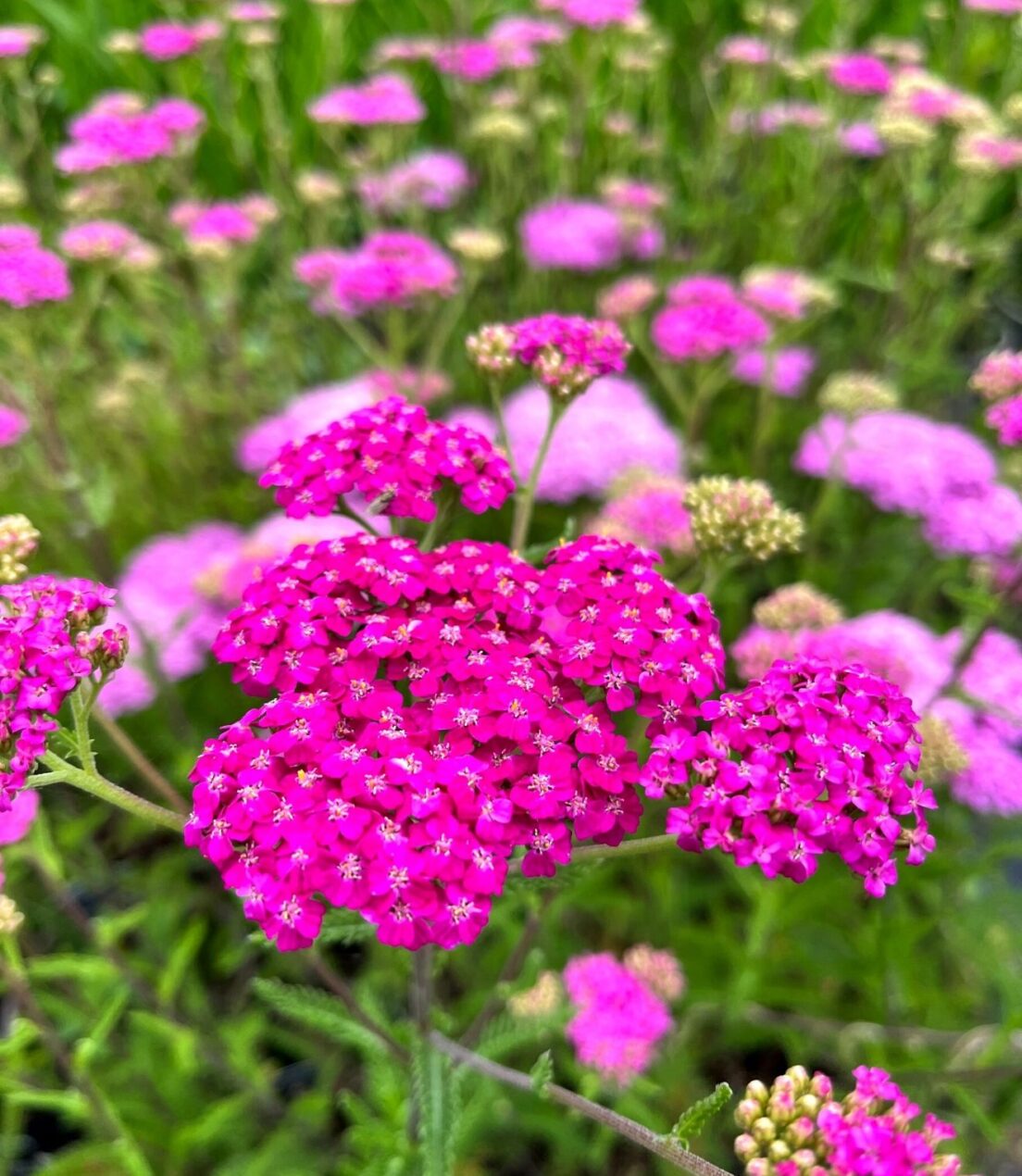
Shrubs
Shrubs are available in an array of different sizes. The larger the plant at the time of planting the more water it will require for growth. Generally, it takes up to 3 years for a shrub to fully establish and will request little to no extra watering outside of extreme weather conditions.
Aim for 40-60l of water per plant (4-6 full watering cans). As a guide, 40l for 2/3l plant, 60l for 20l plant. This applies presuming the plant is in the correct location and the soil conditions are favourable.
First year
Water 1-2 times a week depending on soil type and weather conditions. A water retentive soil during an average week in summer will need watering once. During drought and extreme heat, this may need to increase to 2 or 3 times, but wilting may occur. Review water volume levels to ensure plants are watered accurately.
Second/third year
The only watering required in the second to third year of growth is during potential drought or extreme heat. One deep watering session per week is enough for the plant to thrive.
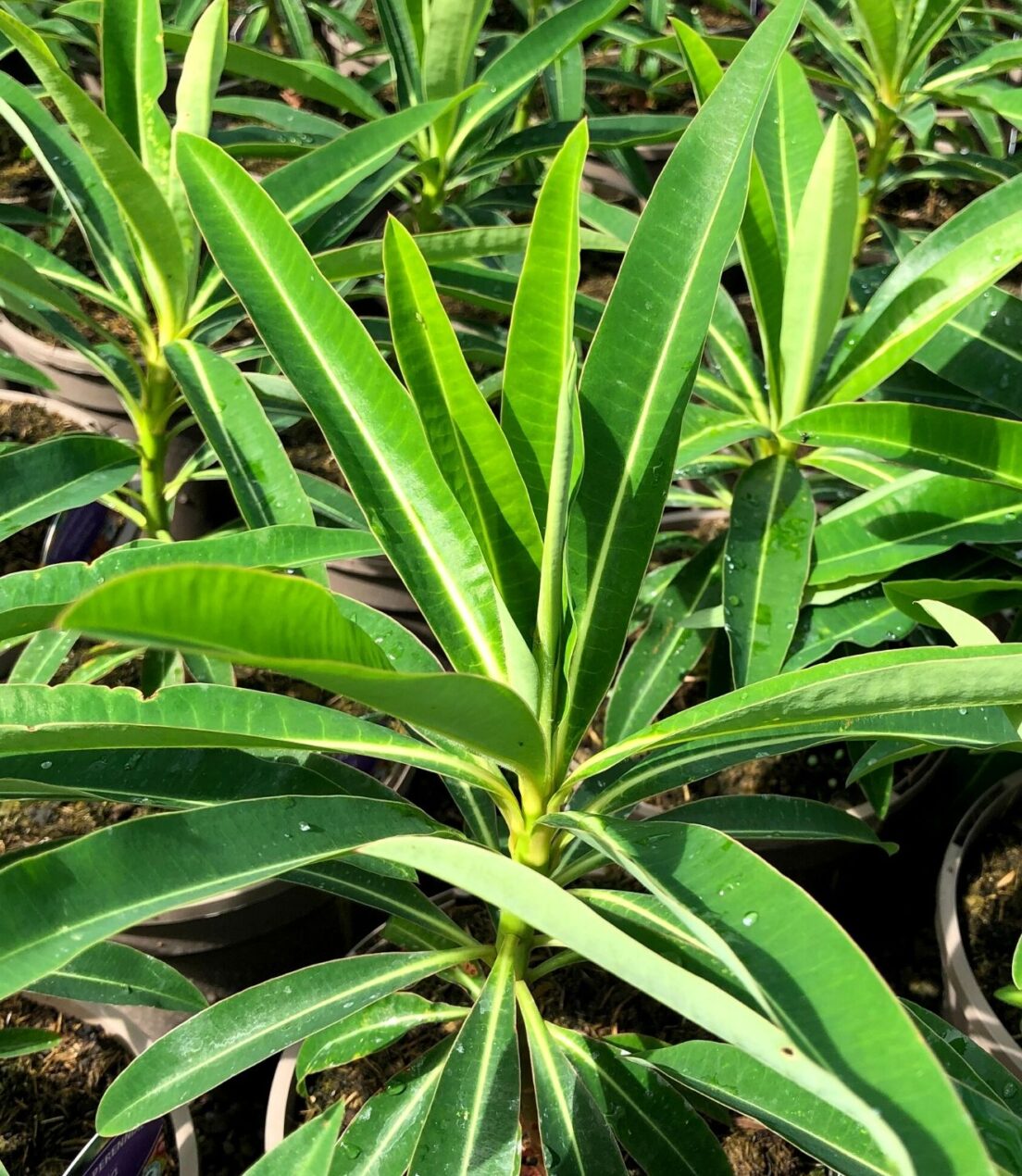
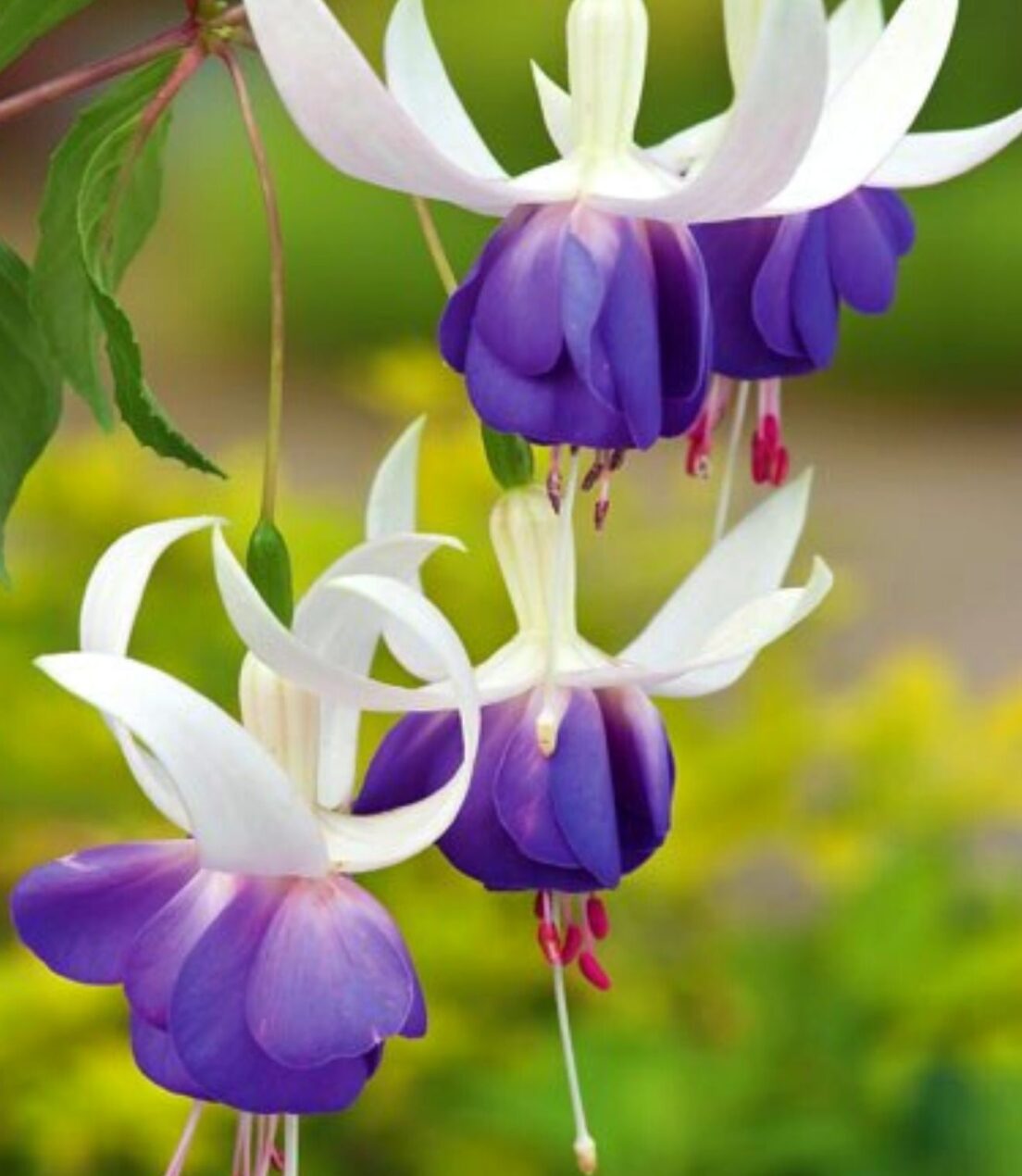
Trees
Once established, trees often require the least amount of maintenance due to their very deep root system. Similar to shrubs, the larger the plant at the time of planting the more water it will require for growth. A tree commonly reaches full establishment within 3-5 years and will require little to no extra watering outside of extreme weather conditions.
Up to 100l of water (10 full watering cans) is required per plant. This will apply in most cases as long as the plant is in the correct location and the soil conditions are favourable.
First year
Water 1-2 times a week depending on soil type and weather conditions. A water retentive soil during an average week in summer will need watering once. During drought and extreme heat, this may need to increase to 2 or 3 times, but wilting may occur. Review water volume levels to ensure plants are watered accurately.
Second to fifth year
The only watering required in the second to fifth year of growth is during potential drought or extreme heat. One deep watering session per week is enough for the plant to thrive.
